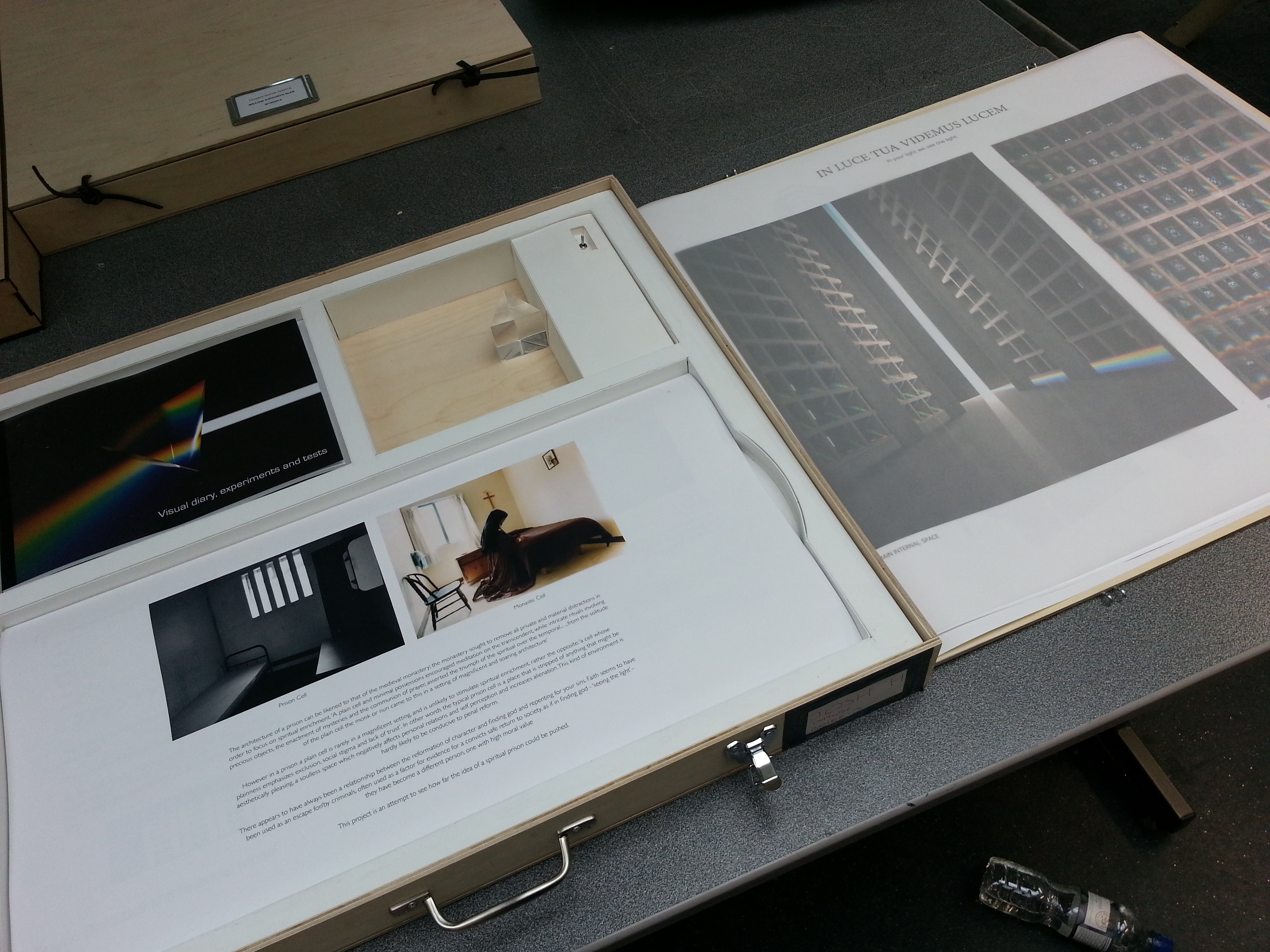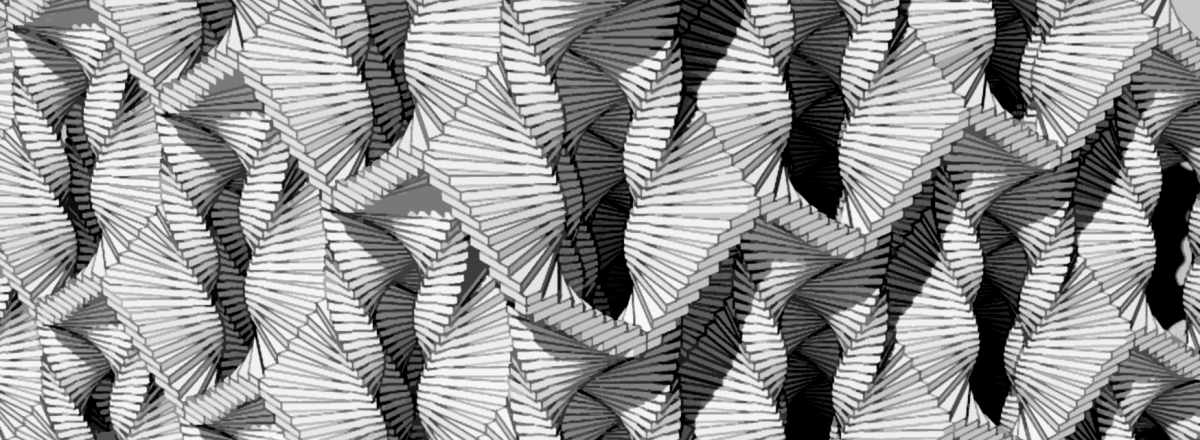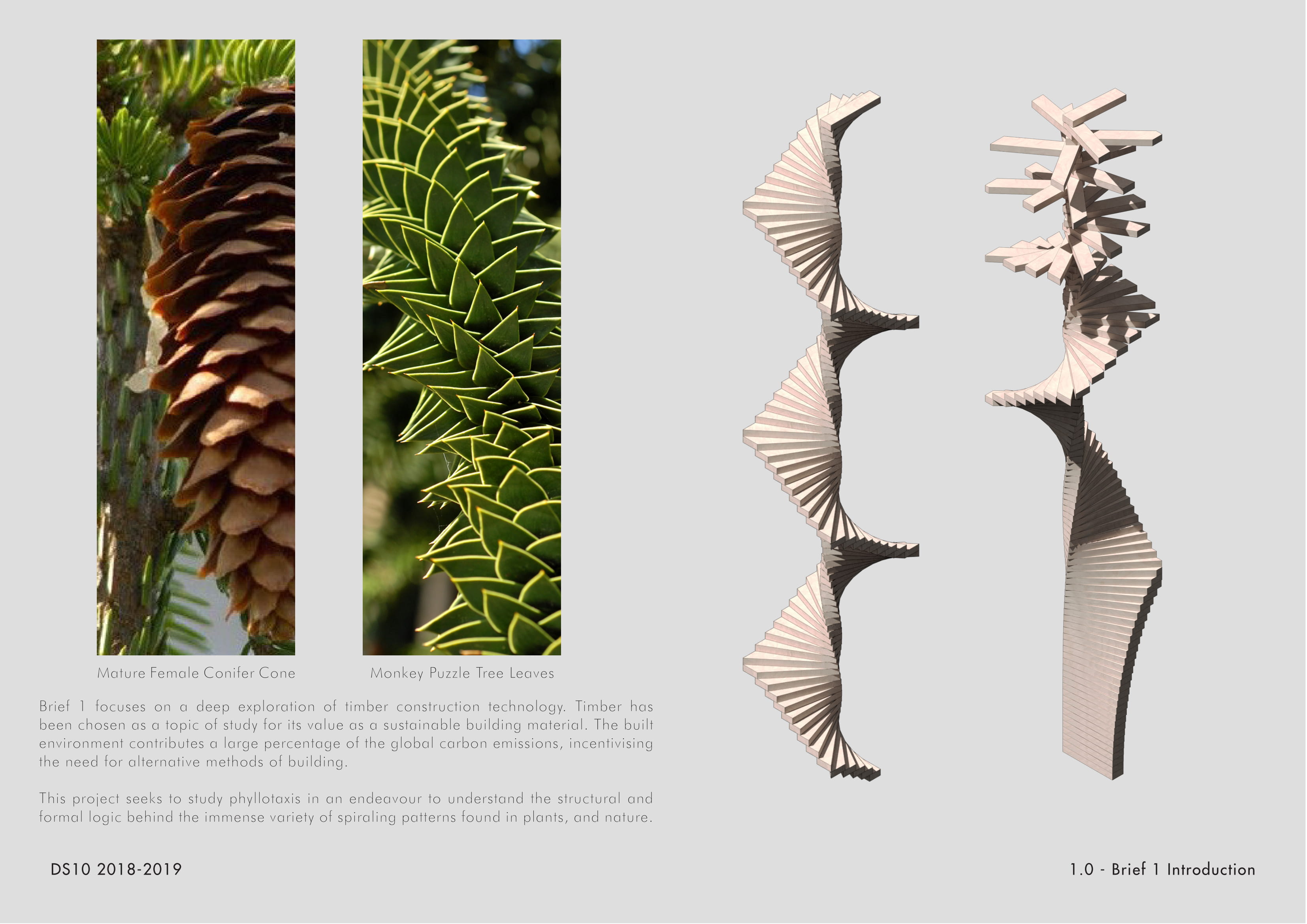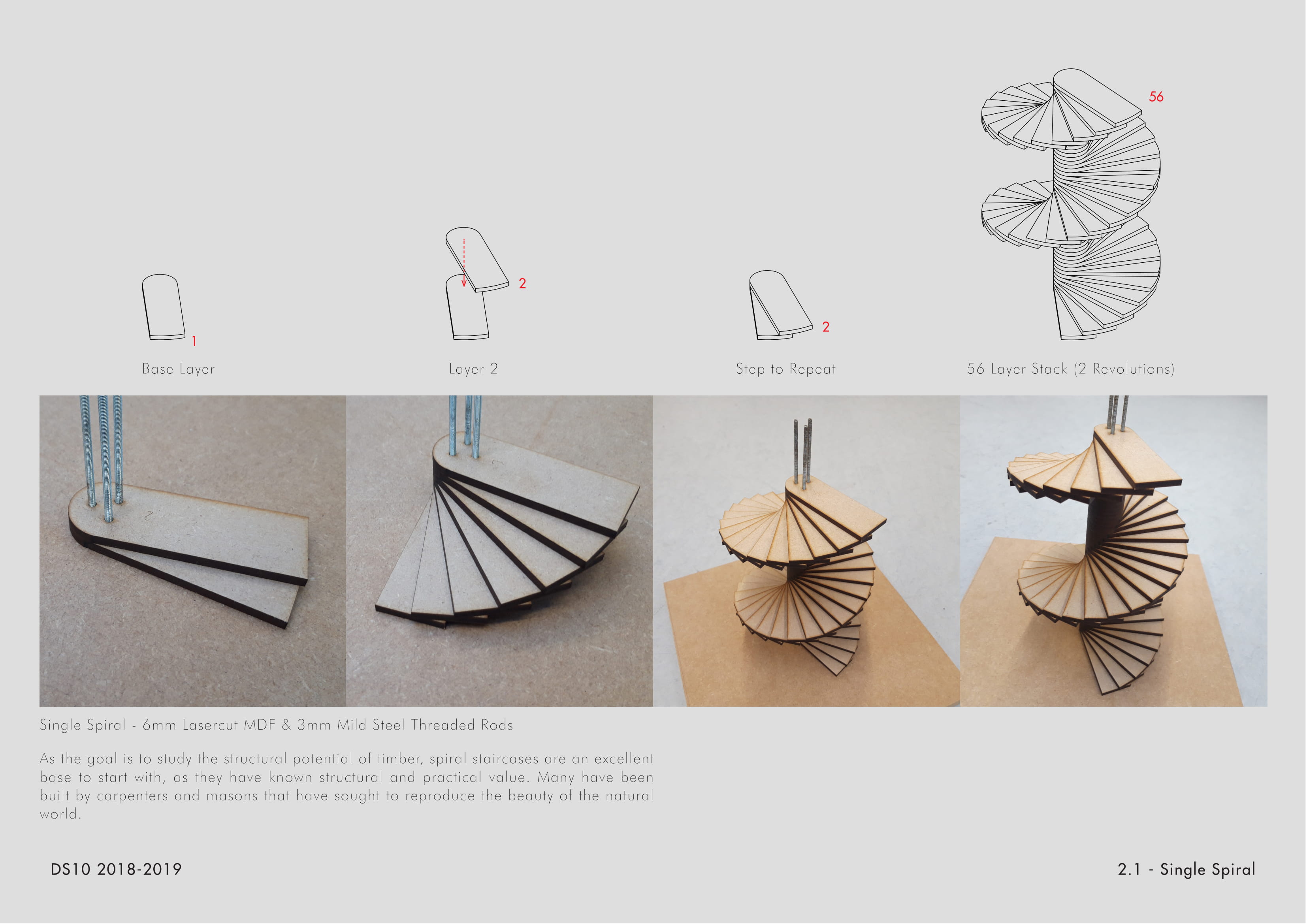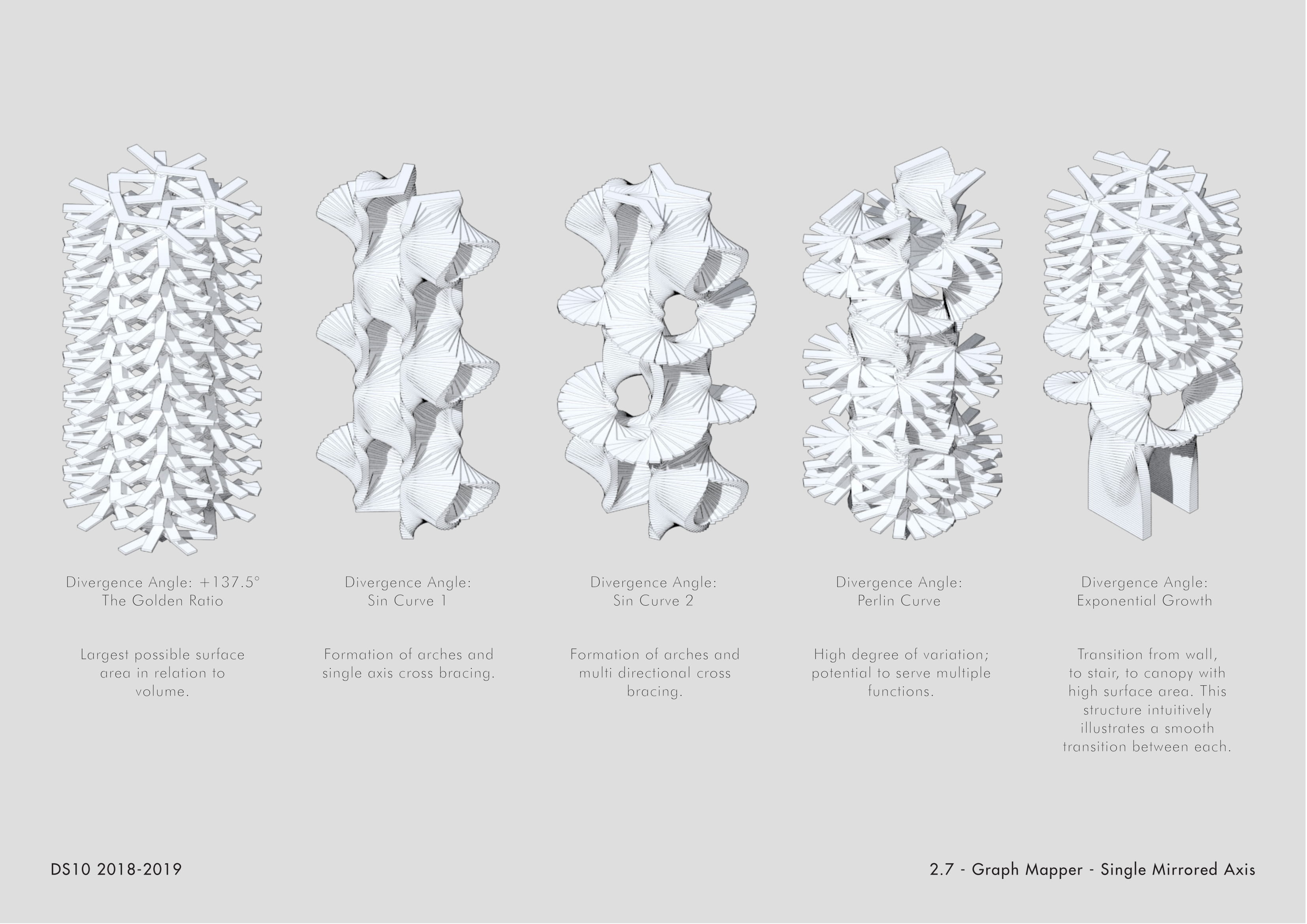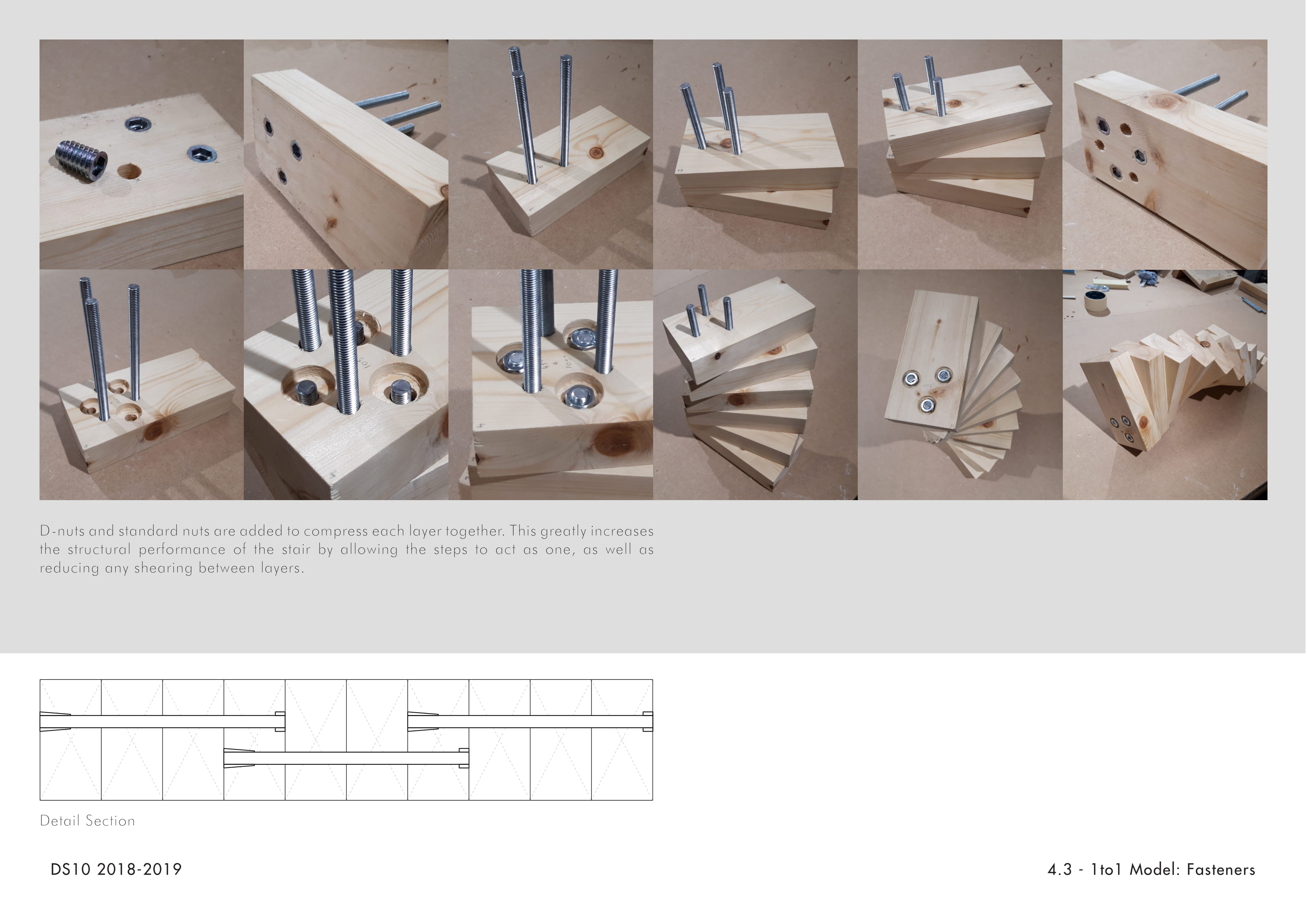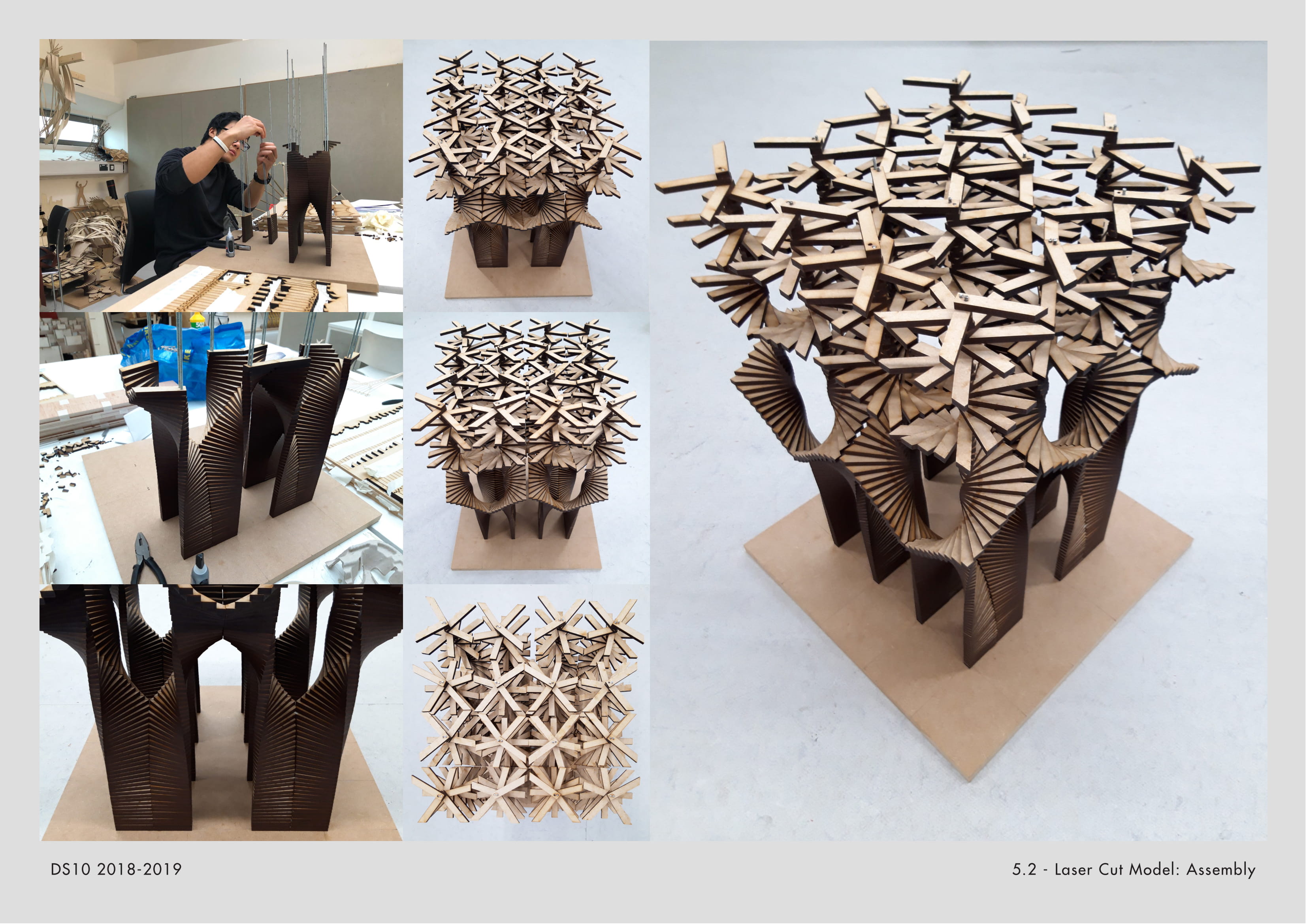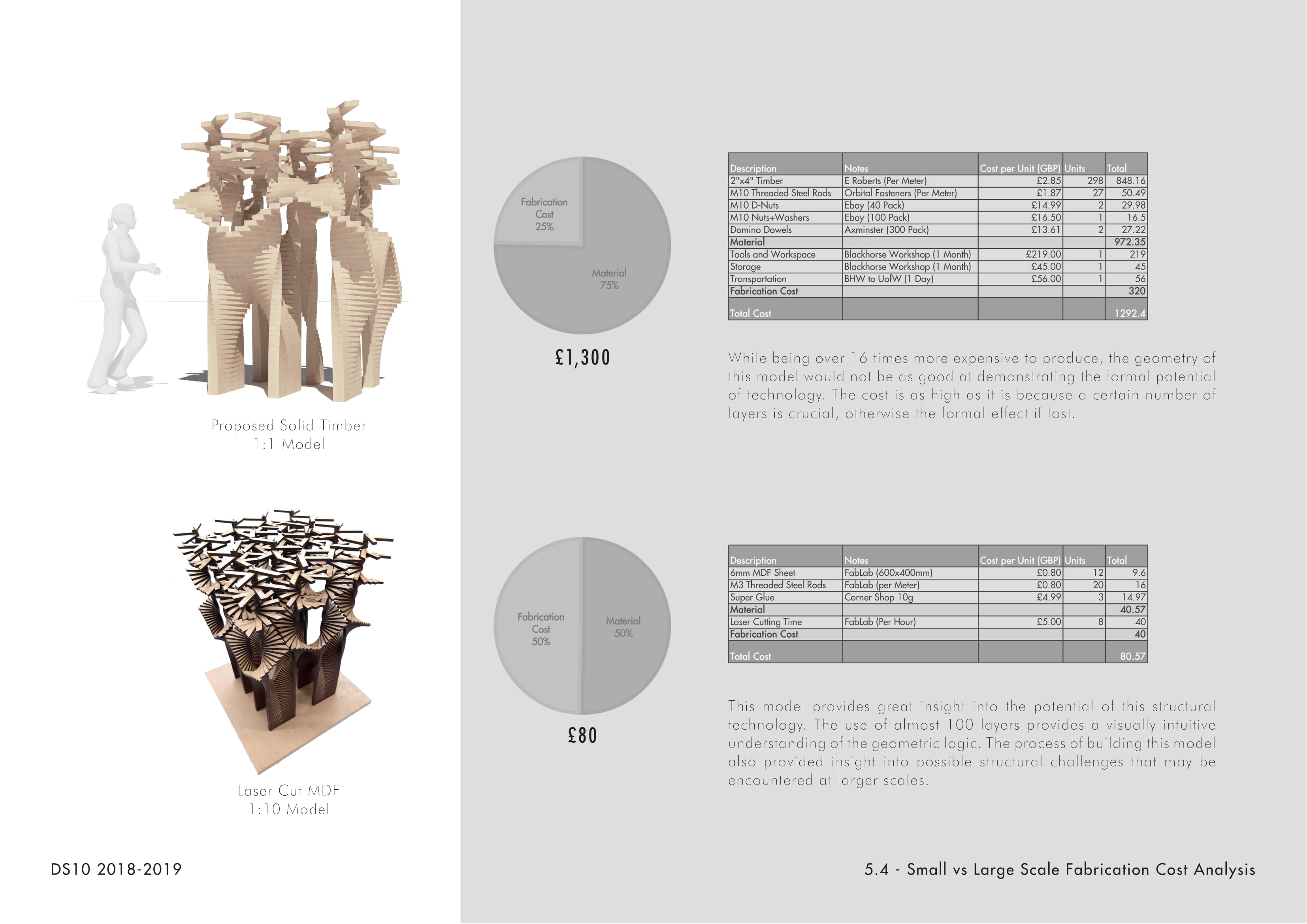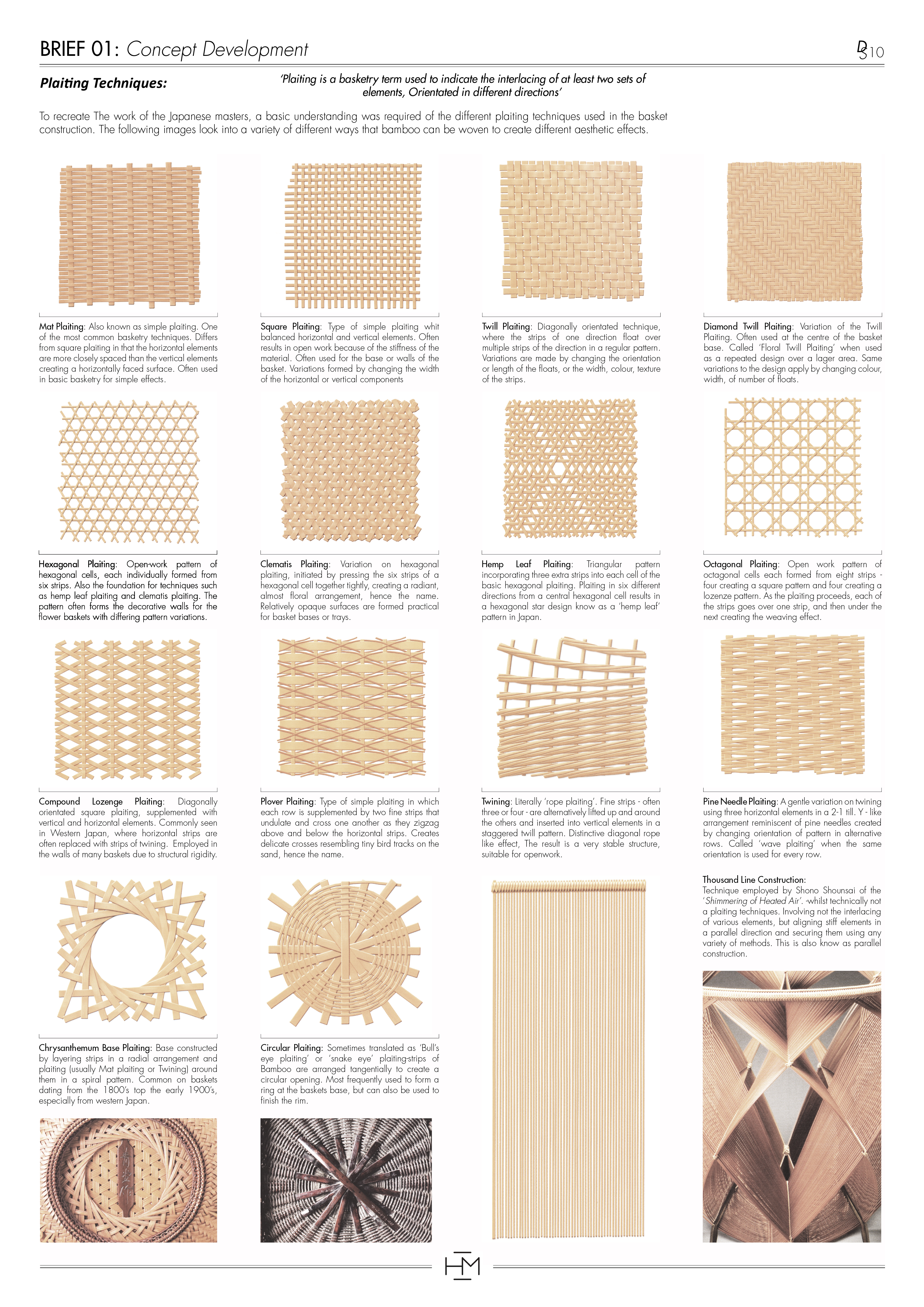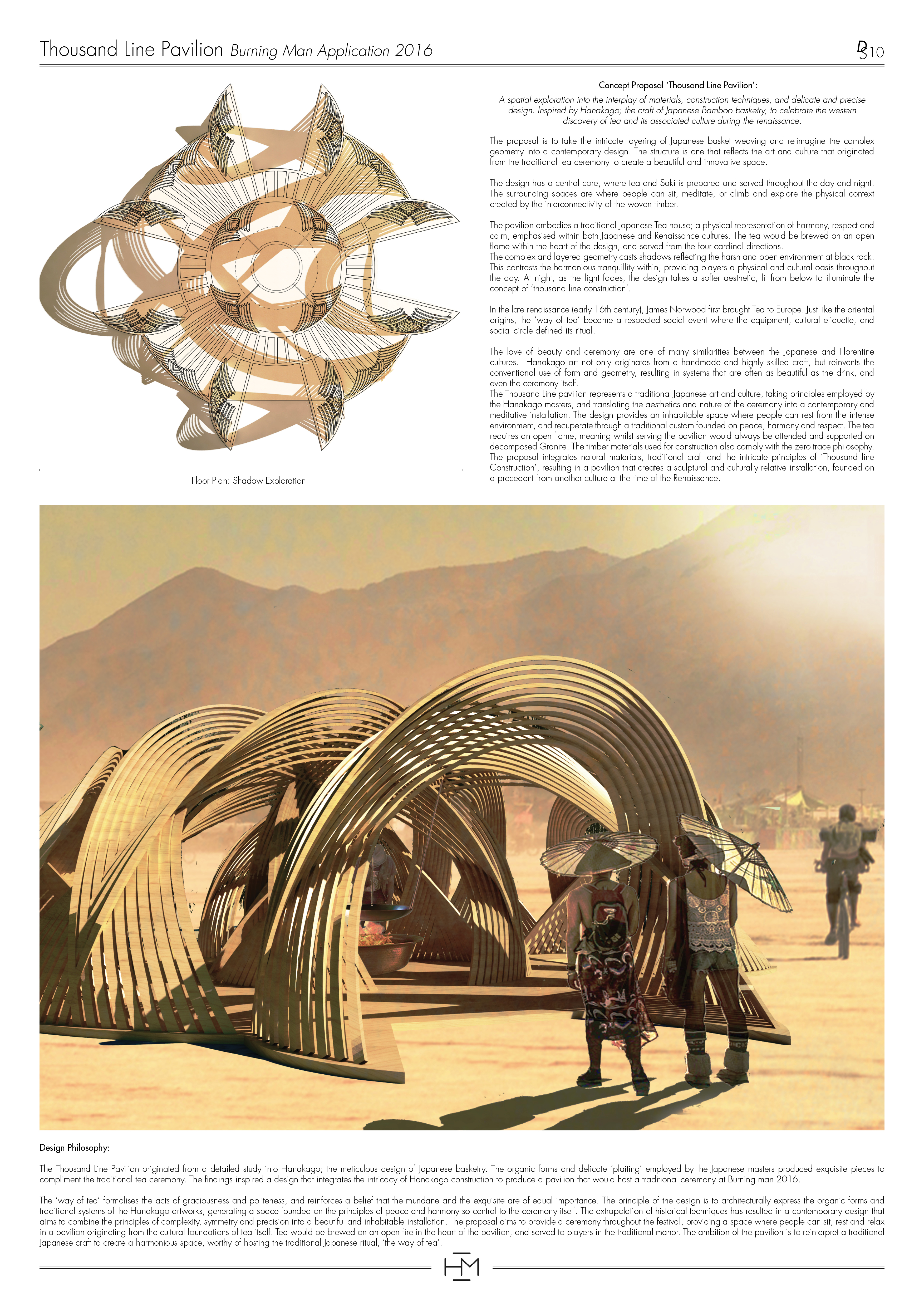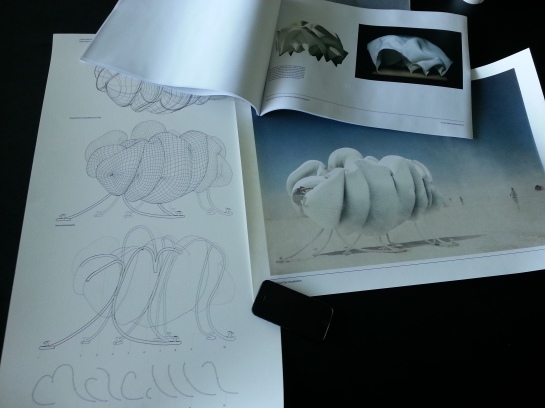Category: portfolios
Cubic Mandala
The Symbol
The Mandala – Sacred Geometry in Buddhist Art
“We can also discuss the mandala in terms of the soul. The soul is the totality of the mandala. Essence arises in the soul, but for a long time… the soul is not completely essentialized; only part of it is. The rest of the field of the mandala – the rest of the consciousness of the soul – is composed of all your mental, emotional and physical experiences. The thread is defined by the center of the soul, and we can know that center most specifically and in a delineated way by recognizing the essential presence and what quality is manifesting.” – A.H.Almaas

The word Mandala derives from:
manda =essence, la =container
Thus, the word Mandala translates as “the container of the essence”
However, as an image the mandala is a symbol representing both the mind and the body of the Buddha.
In esoteric Buddhism, the Mandala’s main principle is the presence of the Buddha in it. This can be represented either as a tree, a wheel or as a jewel, or in other symbolic manifestations.

The Mandala is consecrated to a deity. In its creation, a line materializes out of the dot, while other lines are drawn up to the point where they intersect, creating in that way triangular geometrical patterns. The central area of the Mandala is the residence of the deity. Each Mandala has its own resident deity, with whom the mandala is identified. The circle drawn around the deity’s residence stands for the dynamic consciousness of the initiated. It is the gathering point, in which all the outside forces are drawn.
The centre is visualised as the essence and the circumference as grasping.
In its complete form Mandala means:
Grasping the essence.
The residence of the deity is located in the square structure concentrically within the surrounding circles. The outlying square symbolizes the physical world bound in four directions, which are represented by the four gates, which in turn symbolize the bringing together of the four boundless thoughts.
Loving Kindness
Compassion
Sympathy
Equanimity

The square structure is divided into four isosceles triangles by lines that run from the center of the Mandala to the four corners. Each detail in all four quadrants or triangles faces the center, where the deity of the mandala resides. The square form defines the architecture of the Mandala described as a four-sided palace or temple.
Palace – Residence of the presiding deity
Temple – Contains the essence of the Buddha

The four quadrants of the Palace or Temple are divided into isosceles triangles of colour.
white, yellow, red, green, dark blue
Each of the aforementioned colors is associated with one of the five transcendental Buddhas, further associated with the five delusions of human nature. These delusions obscure our true nature, however spiritual practice can transform them into the wisdom of these five respective Buddhas.

The series of concentric circles surrounding the central palace or temple follow an intense symbolic structure.
Ring of Fire
Ring of Thunderbolt or Diamond Scepters (Vajra)
Eight Cremation Grounds or Graveyards
Ring of Lotus Leaves

A person meditating on a mandala visualizes himself going into the mandala and making his way through the levels of images until he arrives at the center. Buddhists believe that the Mandala meditation helps concentrate spiritual power and bring freedom from suffering.
Drawing the Mandala

After thorough research on the Indian Mandala, I started designing mine taking into consideration the various symbolizations and components that constitute the traditional Mandala.



The Final Proposal – The Cubic Mandala

According to Buddhist religion, the mandala appears as a series of concentric circles that are a representation of the process of transformation that human beings are asked to undergo before entering the sacred area, located at the centre of the mandala. In other words, when meditating in front of a mandala, human beings move through the different layers, liberating themselves from the delusions that obscure our true nature, and consequently reach the centre of the mandala and attain enlightenment.
Based on that theory, the Cubic Mandala is a three dimensional, cubic representation of the traditional Indian Mandala and is designed in a way so that all the fundamental elements of the traditional mandala are being incorporated into the design. For instance, the central area, the palace or temple, the four quadrants along with the four gates, the ring of fire, the lotus and diamond ring, as well as the eight graveyards. The aforementioned are of great significance and vital to the process of transformation and the attainment of enlightenment and spiritualism.
This process is further emphasized by the introduction of 4 layers that form each side of the cubic mandala and represent the different stages that human beings have to overcome in order to reach the centre of the mandala. The cubic mandala is an actual representation of the difficulties one is asked to overcome in order to put an end to human suffering and acts as a means to discover divinity by the realization that it resides within one’s one self.

The Cubic Mandala is a 4,5 m high timber and acrylic construction consisting of layers that form four concentric cubes, creating a journey to the centre of the mandala. The twenty layers that form the four concentric cubes are made out of timber. However, a 10mm acrylic sheet is attached to the five layers that form the first cube as well as the third concentric cube. LED strips will be attached at the edges of the acrylic sheets, lighting up the whole structure during night-time.


Each cube consists of five sides, instead of six, as the bottom side has been removed and replaced by a base that holds the whole structure. The sixteen vertical layers of the structure are being inserted to the pockets that have been created at the base of the structure. The remaining four horizontal layers are attached to the horizontal elements.

The Experience
While observing a mandala, a kind of spiritual essence surrounds the one observing it, which as a result allows him a higher level of awareness and consciousness. Consequently, the creative mind of the individual is allowed to escape reality and run free. The mission of the “Cubic Mandala” is to encourage people to focus on it, absorb the beautiful designs and allow their minds to wander. People are tempted to let the “Cubic Mandala” absorb all their attention, by moving into the mandala and gazing into its patterns.

A feeling of lightness is what people are going to experience, while falling into the mandala. Intuitive thoughts might arise. People are encouraged to relax, embrace one another and let the feelings come to them. According to the tradition, the making process of the mandalas involved four monks – one at each quadrant – working simultaneously until the mandala was complete. Having said that, the original process of making highly encouraged interactivity. Therefore, the purpose of the “Cubic Mandala” is to bring people together and, through the ritual of mandala meditation, to raise their spiritualism, to promote self-expression and finally, to liberate them from the everyday life.


Thousand Line Construction
Thousand Line Construction :
Hamish Macpherson
A spatial exploration into the interplay of materials, construction techniques, and delicate and precise design.
Inspired by Hanakago; the craft of Japanese Bamboo basketry, to celebrate the western discovery of tea and its associated culture during the renaissance.



2014 End of Year Portfolio Review
Our WeWantToLearn.net students have submitted their final portfolios! After an inspiring day going through the projects, we gave them a final mark with the help of the other tutors from the University of Westminster. Below is a selection of the inspiring work that was submitted.
The projects range from a temple at the Burning Man Festival made of an unprecedented reciprocal structure (Joe Leach) to a 3D printed city based on a fractal algorithm and built using potato starch-based plastic grown by the inhabitants of Solanopolis (Andrei Jipa) all the way to a Pop-Up plywood mosque for Trafalgar Square (Josh Haywood) and a lace tent for the London Burlesque Festival (Georgia Collard-Watson) as well as a Kabbalah Centre in the City made from large spiralohedron (Jessica Beagleman), our students have explored a new kind of joyful and spiritual Architecture using the latest digital design and fabrication technique.


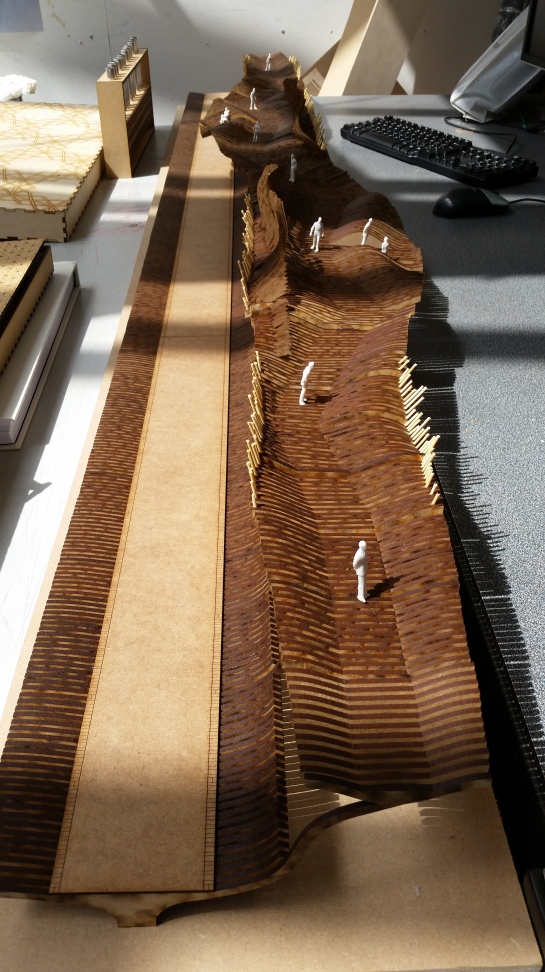

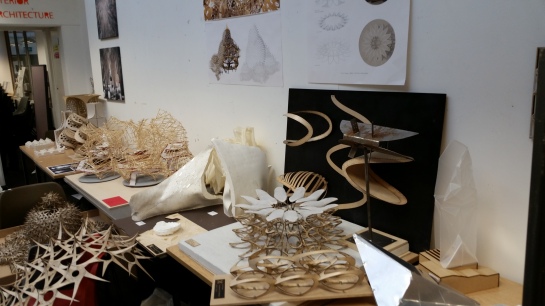
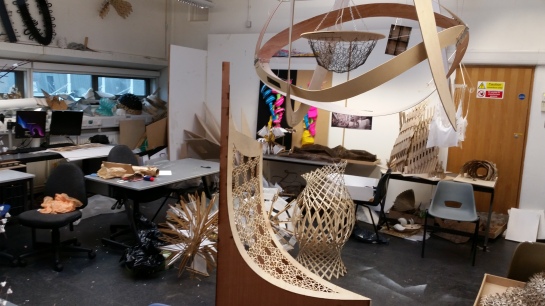




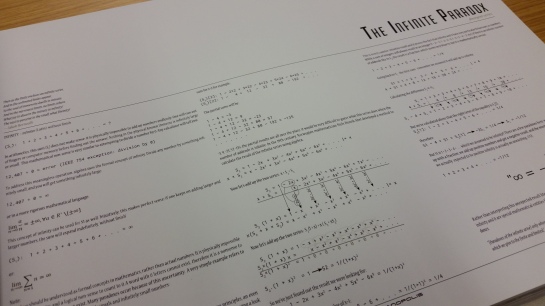






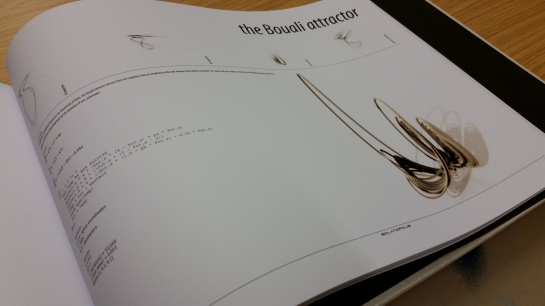







I N T I
Philosophical Statement:
Inti: The Incan Sun God, his face portrayed as a gold disk from which rays and flames extended. Inti is the Sun and controls all that implies: warmth, light and sunshine. During the festival of Inti Ramyi, held during the Summer Solstice, Inti is celebrated with much drinking, singing and dancing – special statues are made of wood are burned at the end of the festival. This sculpture is an extended physical manifestation of this; decadent ritualism and a spiritual experience.
Inti incorporates 288 petals are self-assembled into 12 concentric rings, with each petal representing the hours of the day and each ring every month of the year. These are held together using mirror polished circular brackets, designed to catch the light and reflect circles of sunlight around the structure interior. Inti’s focus is the sunrise; as the sun rises on the playa, Inti is designed to catch the light at this precise moment and funnel through the piece, enveloping and bathing the burners inside with it’s warmth and spirit.
Timber Wave by Henry Turner
Philosophical Statement:
‘Timber-Wave’; a plywood instillation emerging and crashing on to the desolate Black Rock Desert. This breaking wave a remnant of the retreating Quinn River, draws on imagery of both waves and dunes provoking thoughts of the original Burning Man Beach Parties and surfing counter culture. Simultaneously the design evokes concepts of the Silk Road as a mirage of a giant wave appearing from across the playa to be discover by wondering burners.
The design of the Timber Wave was driven by creating an interactive environment. In daytime, people are encourages to climb and search between the interwoven plywood structure. Open sun soaked communal areas create areas for group contemplation. Solitary areas for single travelers have also been designed as places of refuge from the intense sun, wind and dust storms hoping to encourage serendipity. At night the wave truly come alive as a monument to the sea. Bathed in varying blue tones of color the spectacular structure is a mysterious beacon within the dark playa.
Physical Statement:
‘Timber-Wave’ structure consists of 3 layers of 12 intersecting plywood ribbons. Each ribbon consists of a varying number of water bent plywood components con-caving and con-vexing together forming a rigid series of tensioned and compressed sections. The result is a homogeneous structure creating a beautiful ergonomically sized spaces. Each ribbon a series of circular penetrations in the form of an abstracted water pattern. Creating foot and hand holes for climbing as well as allowing dramatic shadows to be cast throughout the structure and across the playa. At night the penetrations allow the lighting of the instillation to spill across the playa and between the layers of the structure.
1:20 Scale Model
Interim Portfolio Review
We just finished the interim portfolio review, students submitted their work so far in the form of a beautiful portfolio. We asked for 25 digital pages, Two beautiful A2+ prints, a working portfolio and an abstract. Here are some of the most complete portfolios we’ve seen:





FINAL PORTFOLIO REVIEW
The academic year is almost over, the graduation show and prize ceremony is in two weeks. Toby and I just assessed everyone’s portfolios with the help of other tutors from Westminster. This is a very stimulating day in which all the studios’ year-long student work is seen and its diversity revealed. Students could not be part of the process and witness the efforts and beauty of the some of the work so here it is, a little selection of some of our most creative portfolios this year:










